We are passionate about setting professional boundaries. Why? Because we believe it’s a distinguishing factor between coaching and other professional conversations; it’s the foundation for setting agreements.
Master Certified Coach Lerae Gidyk has been in the business for 23 years, focusing primarily on challenging clients to explore uncharted territory within themselves by blending her powerful intuition with experience. That’s where boundaries become extremely important to establish. Any time one brings personal experience and insight, knowing the limits one can push to and when it’s time to shift perspectives – something Gidyk has mastered – is imperative in order to unearth incredible potential in her clients. Boundary-setting is thus the healthy foundation upon which to grow a trusting, empathetic, and fruitful coach-client relationship.
We’re human, however. And coaches in particular are ultra in-tune with emotions, digging into self-reflective self-awareness with clients, which might cause some trepidation in setting clear boundaries. A coach may fear upsetting a client, or even of losing them altogether. Not only does this block the client from unlocking their potential, but is detrimental to the coach’s wellbeing. It can also set a problematic precedent for bigger issues down the road.
“My intention is to make the hour as meaningful to you as possible, and that you leave with not only some information, but some new knowledge [about yourself or your goals] to think about that you can apply to different areas of your life,” says Gidyk.
As a coach, you first need to reflect and decide on what boundaries are important to you. Begin by identifying your comfortable physical, mental, emotional, and spiritual limits before you even enter into a session with your clients. Then, it’s time to implement your boundaries.
Gidyk’s Model for Boundary Setting: THE IRI Boundary Model
Gidyk works in the IRI Boundary Model set forth by Amy Rupert, founding and pioneer member of the coaching field, based on the following six steps to set and preserve your boundaries:
- Respect your own time. Starting late or staying late are options for extreme situations only. If a client has to reschedule once in a while or misses a scheduled appointment altogether, that’s one thing. Consistently disrespecting set times is another! Do not allow clients to take advantage of you. Coaching is a partnership and both parties must be respected.
- Communicate effectively. Some clients will have similar communication styles to yours, and some will not. Familiarize yourself with the differences and have appropriate conversations early on about not only your boundaries, but theirs as well. You don’t have to communicate the same way to benefit from each other’s styles. That’s the beauty of it!
- Stay in control. If you are losing control of the relationship with your client, be assertive. Having “the conversation” can feel like a mountain to climb, and you might feel like avoiding it altogether, however that won’t benefit either of you. Even when clients are unaware that they are stepping over set boundaries, they need a firm reminder.
- Say no and mean it. This can be a difficult skill to learn but it’s essential when coaching a client, and in life. Saying no to activities that take up too much time or energy (physically or even mentally), conversations that are inappropriately personal, or inappropriate requests of you that feel as though you cross one of the boundaries you set with your client before the coaching session began, is crucial in feeling like you have control over your life and your career.
- Set client expectations early and consistently. Have clear working hours listed on your online presence, and even in your email signature or footer, as well as a verbal statement to new clients. This can also identify how soon clients might expect a response from you. Setting clear boundaries such as these right from the start will help negate future issues.
- Be done with guilt. Never feel guilty about the boundaries you set or the decisions you make. A client who doesn’t like your boundaries may use manipulation or guilt to change them, and those clients may be better served by a different coach.
Setting boundaries with your clients should never be considered a bad thing in a coaching relationship. Your professionalism establishes you, the coach, as a leader, and a relationship based on mutual respect builds trust and sets your client up for a greater potential future.
How to set boundaries with clients is a powerful part of our Personal Groundwork for Coaching Program™

